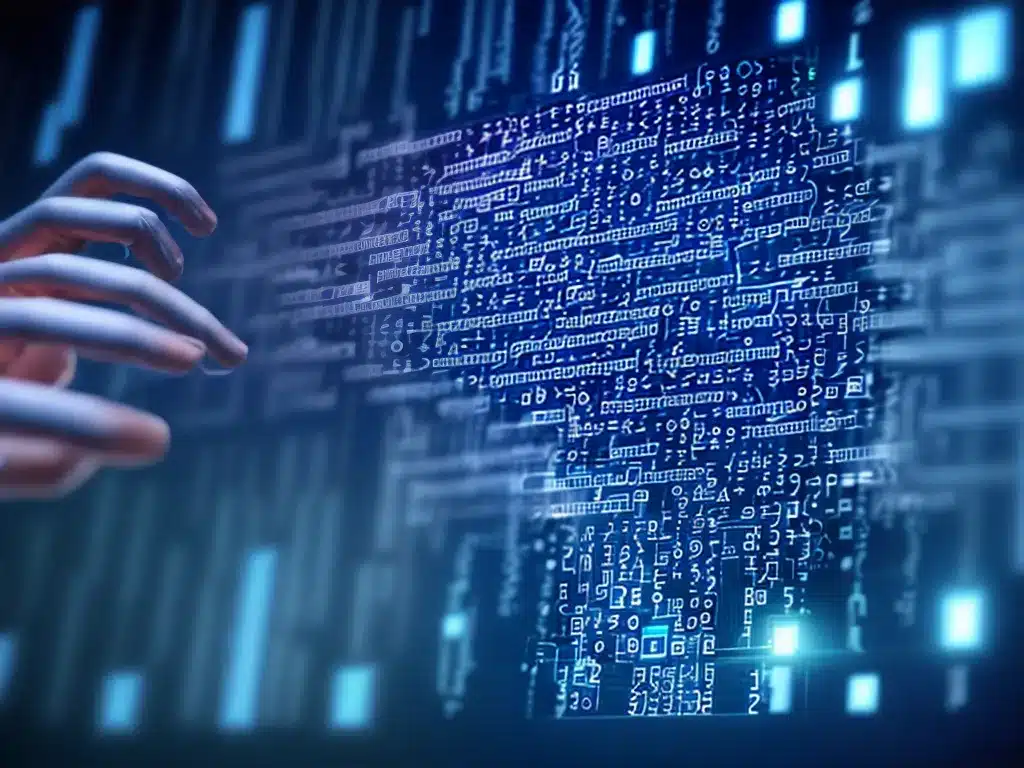

How AI is Fundamentally Changing the Nature of Computation
Artificial intelligence (AI) is transforming how we think about and perform computation in several key ways:
Accelerating the Pace of Innovation
One of the most profound impacts of AI is the incredible pace of innovation it enables. By allowing machines to learn and improve themselves, AI systems like deep learning neural networks can develop novel solutions without explicit programming. This means AI can accelerate the rate at which computations are performed and new capabilities are created.
For example, AlphaGo Zero developed superhuman Go skills in just 3 days by playing against itself, while AlphaFold can predict protein structures more accurately than prior methods developed over decades. AI enables computational tasks that were previously inconceivable to be solved rapidly. This self-learning ability will drive continuous improvements across industries.
Automating Complex Tasks
Another key shift is using AI to automate complex computational tasks that previously required extensive human effort. AI excels at pattern recognition, prediction, optimization, and other skills that allow it to automate everything from medical diagnosis to driving cars.
Whereas traditional code must be manually written to define every step of a process, modern AI techniques like deep reinforcement learning can infer optimal policies for complex tasks through trial-and-error. This enables nuanced real-world tasks like robotic control to be automated with minimal explicit programming.
By taking over challenging computations, AI systems can greatly expand what computers can accomplish independently of human operators.
Utilizing Unstructured Data
Unlike earlier computing which relied heavily on structured data like databases, modern AI excels at extracting insight from unstructured data like images, video, audio, and natural language.
Techniques like convolutional and recurrent neural networks can find complex patterns in pixels, speech, and text data. This allows computable information to be derived from real-world sensory data, unlocking new sources of data to drive automated decision making.
For instance, AI can now identify objects in images, transcribe speech, translate languages, and understand text well enough to respond appropriately. Enabling computers to understand unstructured data and sensory input in this way expands the scope of possible computations.
Adapting to Dynamic Environments
Conventional programs follow static rules, which limits their ability to handle unpredictability. In contrast, AI systems like deep neural networks can adapt to make inferences in dynamic, real-world environments.
For example, self-driving cars can navigate chaotic traffic by interpreting visual data and making split-second maneuvering decisions. AI’s capacity to learn enables it to revise its behavior based on new observations without being re-programmed.
This adaptability makes AI far more robust than brittle rule-based systems when performing computations on real-world sensory data. The ability to learn and adjust computations dynamically allows AI to take on more complex, nuanced tasks.
In summary, AI is fundamentally transforming computation by accelerating innovation cycles, automating complex tasks, utilizing unstructured data, and adapting to dynamic environments. By enabling computers to learn, reason, and interact more like humans do, AI expands both the speed and scope of possible computations in revolutionary ways.












